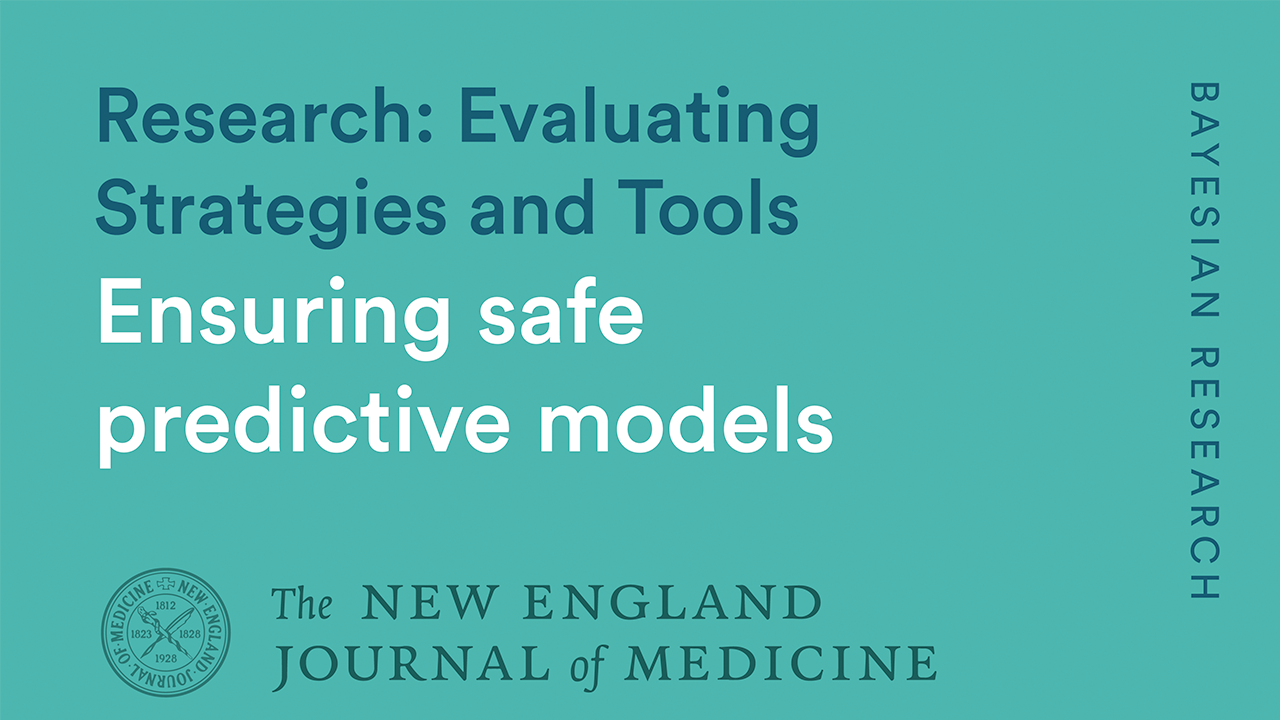How to safely deploy predictive tools in the healthcare setting
Though predictive tools are widely used in the healthcare setting, there are no official rubrics or guidelines for evaluation or requirements for consistent regulatory oversight. But, what can often happen during deployment is something called “dataset shift.” Dataset shift occurs when a tool “underperforms because of a mismatch between the data set with which it was developed and the data on which it is deployed.” When dataset shift happens, the model can be considered “unsafe.”
As a result, it’s up to the predictive tool’s developers and implementers to monitor and evaluate the solution in order to ensure model safety, sensitivity and precision. Additionally, the tool’s users—clinicians—are a critical component of evaluation, as they are the individuals who can detect or see any dataset shift issues first.
Though evaluating for dataset shift can prove challenging, as it can happen for a variety of reasons (i.e. there can be population changes, physician behavior changes, etc.). It is essential to evaluate any data-driven predictive solution for dataset shift, in order to have safe and robust predictive tools at the bedside.
Bayesian Health’s CEO, along with other experts in the field, just published a letter in the New England Journal of Medicine (NEJM) outlining the causes of dataset shift and how to successfully recognize and mitigate dataset shift through both end-users and AI governance teams.
Bayesian Health’s predictive AI platform integrates the guidelines and rubric laid out in the NEJM, to monitor for dataset shift and ensure model safety. We believe this type of evaluation is an essential part of any AI tool, and this type of ongoing monitoring is how Bayesian’s platform is able to be deployed in a variety of populations/demographics, and adapt to differing or new physician and care team behaviors and practice patterns.
You can read the full NEJM article here, and you can learn more about the AI/machine learning strategies we use to overcome common hurdles faced by many in the field, here.


